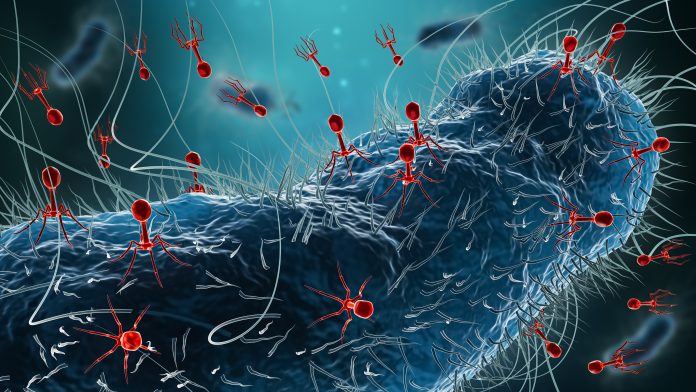A groundbreaking study has identified hundreds of previously unknown viruses, known as bacteriophages, within the human gut microbiome. Published in the journal Nature, the research represents a significant advancement in understanding the complex interactions between these viruses and gut bacteria, which could have substantial implications for gut health and disease progression.
The study, titled “Isolation, engineering and ecology of temperate phages from the human gut,” marks the first comprehensive effort to isolate and analyze temperate bacteriophages using a large-scale, culture-based approach. The research team, led by Jeremy Barr, a professor at Monash University, examined 252 bacterial isolates sourced from the Australian Microbiome Culture Collection (AusMiCC).
Key Findings on Phage Activation and Gut Health
The researchers discovered that the majority of gut bacteriophages remain dormant under normal conditions, with only a small percentage capable of activation. Notably, when exposed to human gut cells, the activation rate of these viruses increased significantly. The study reported that of the 252 bacterial isolates, 134 inducible prophages were characterized, with a remarkable activation rate of 35% when co-cultured with human colonic cells (Caco2).
“Compounds produced in human gut cells can wake up dormant viruses inside gut bacteria,” stated Barr. This revelation could have major implications for conditions like inflammatory bowel disease (IBD), where inflammation and cell death are prevalent.
The research team employed ten different induction conditions and identified that only 18% of computationally predicted prophages could be induced in pure cultures. This highlights the complexity of the gut virome and suggests that human biology plays a crucial role in shaping the viral landscape of the gut.
Implications for Future Research and Therapeutics
The findings suggest that common substances, such as Stevia, a plant-based sugar substitute, and various compounds released by gut cells, serve as key activators for gut phages. Graduate student Sofia Dahlman noted, “Our findings suggest that the human host isn’t just a passive environment; it’s actively influencing viral behavior.”
Using CRISPR-based genetic engineering, the research team further identified mutations in viral genes that prevent activation. Understanding these mechanisms could lead to innovative therapeutic strategies aimed at manipulating the gut microbiome for health benefits.
“This technology provides a capacity to engineer probiotic strains with tailored viral functions,” remarked researcher Forster, emphasizing the potential for developing microbiome therapeutics for diseases ranging from IBD to certain cancers.
The study not only enhances our understanding of the human gut virome but also opens new avenues for research into the role of viruses in human health. As scientists continue to explore the interactions within our microbiomes, this foundational work will likely influence future studies and treatment approaches.






































































